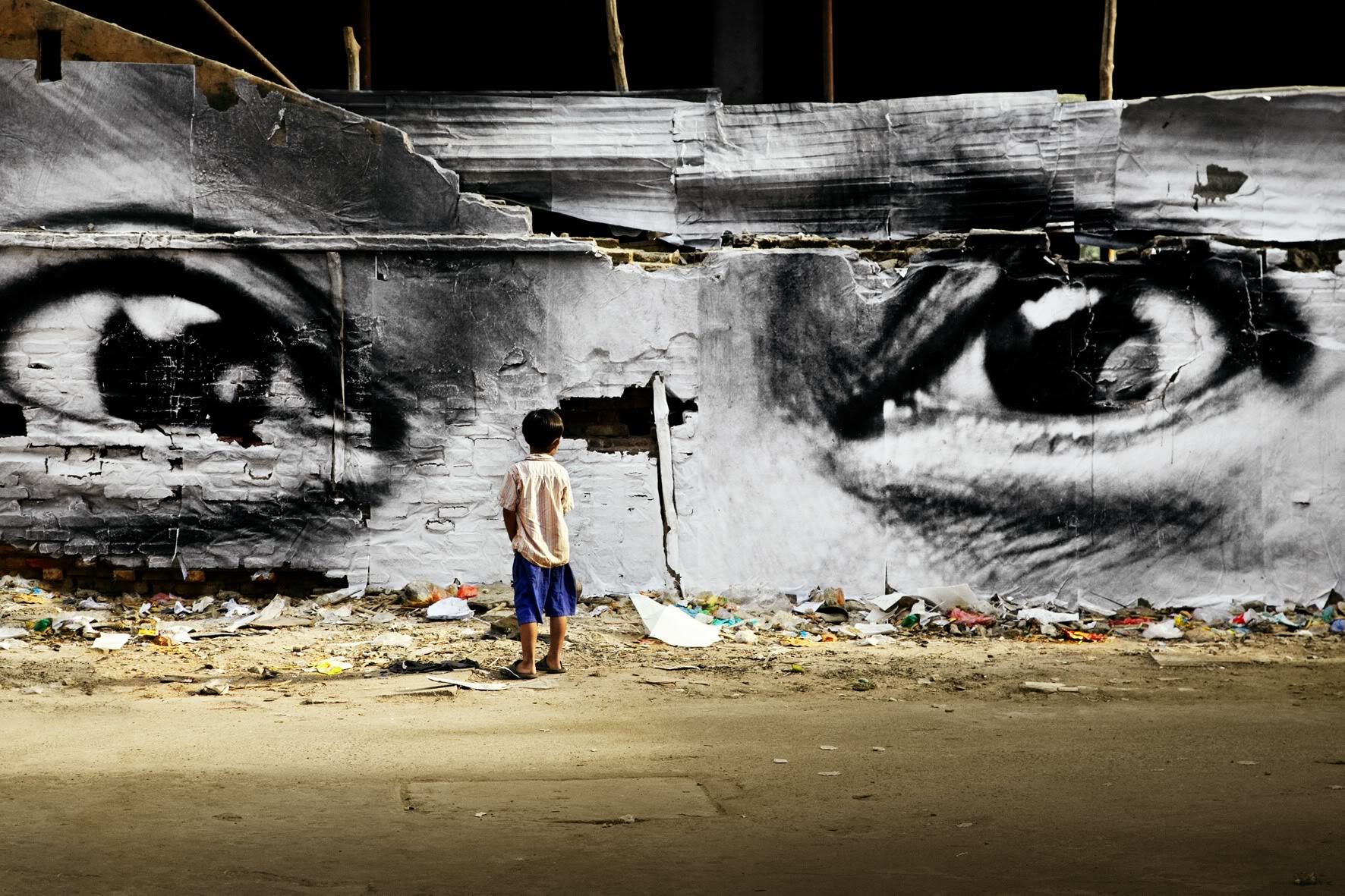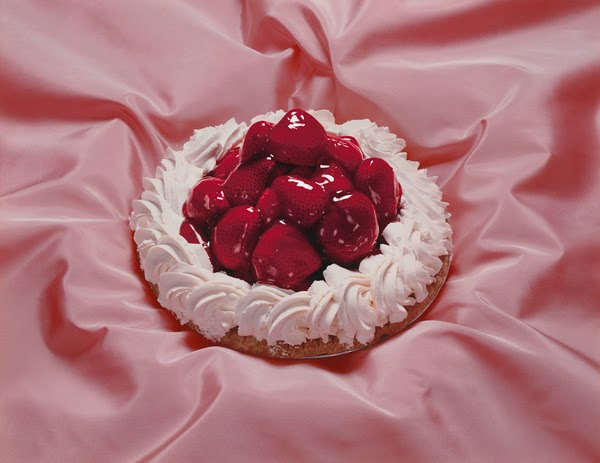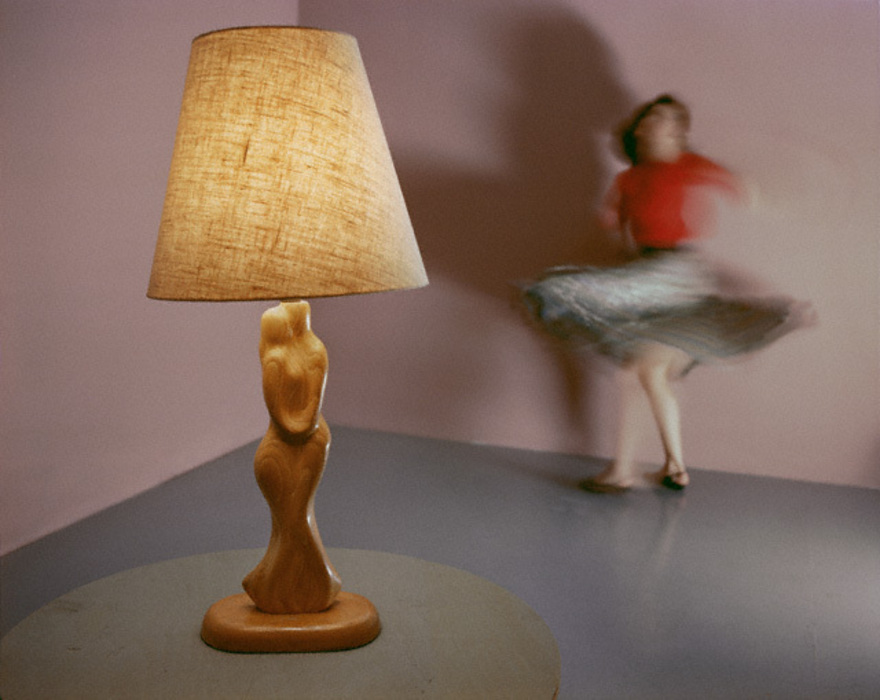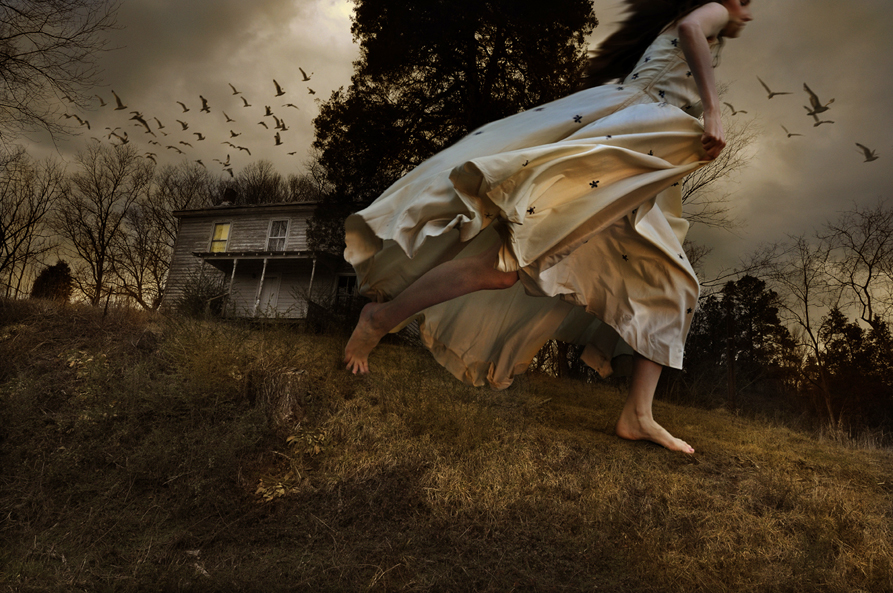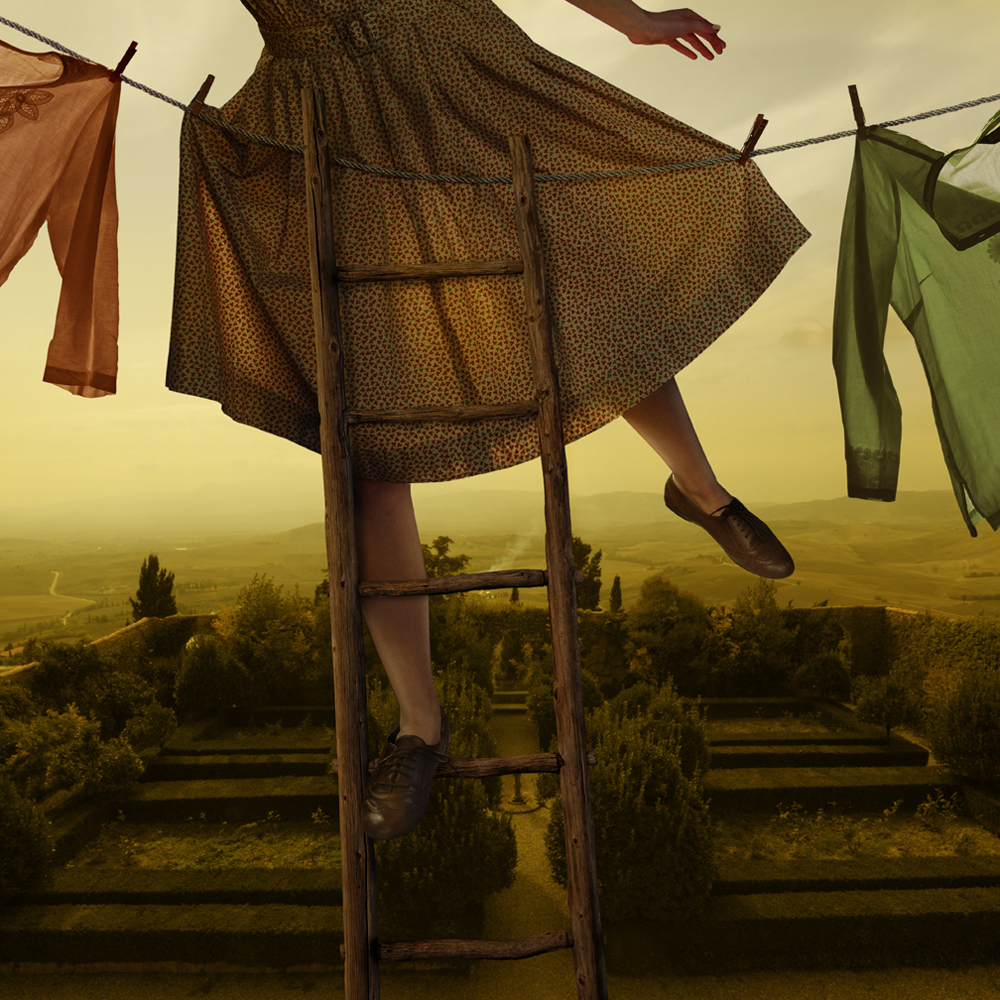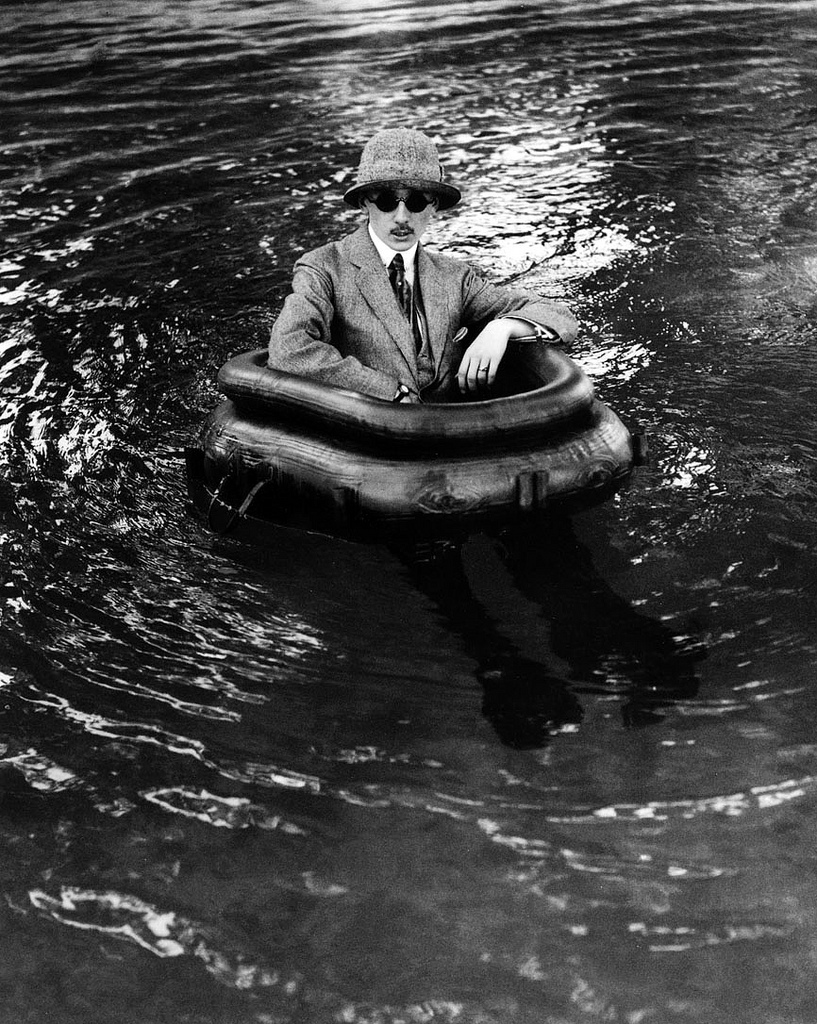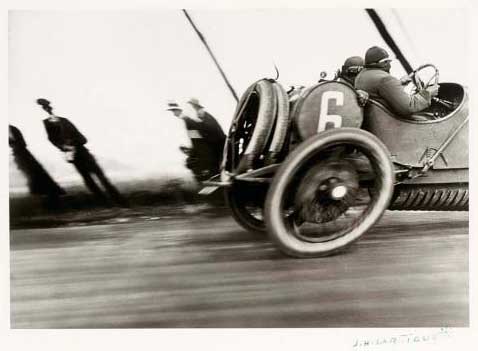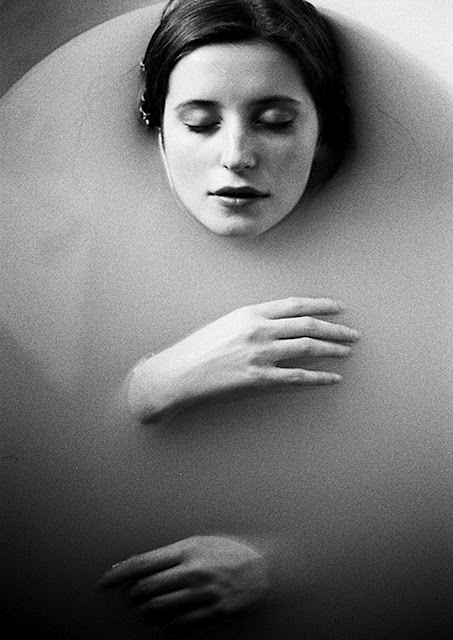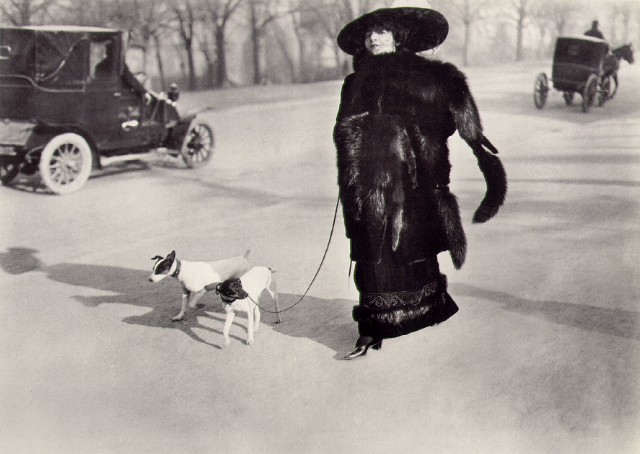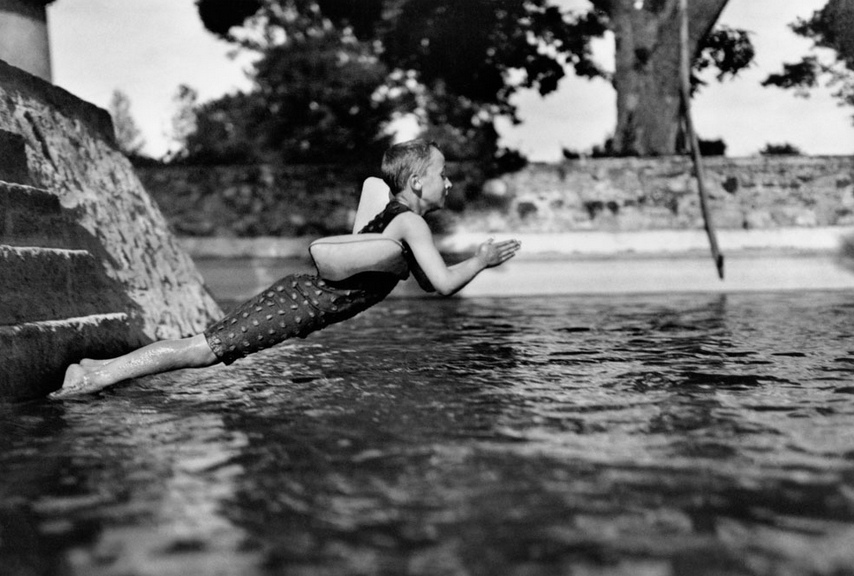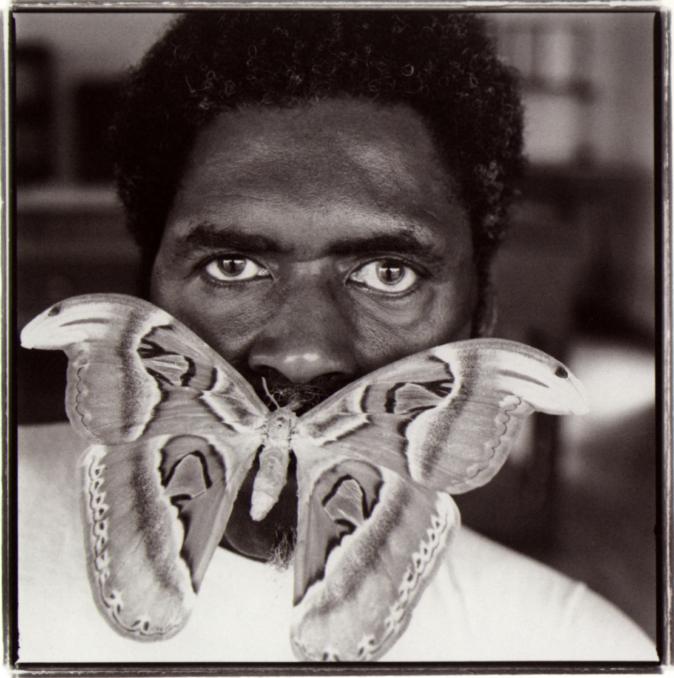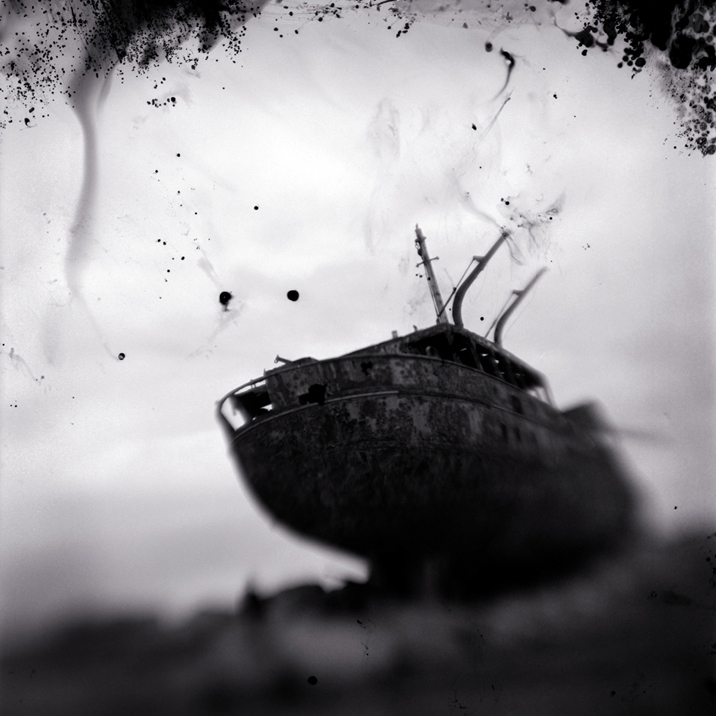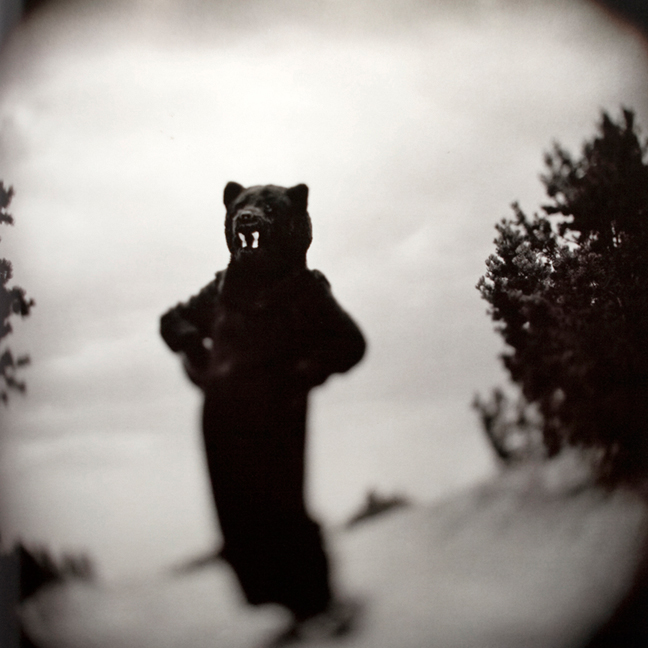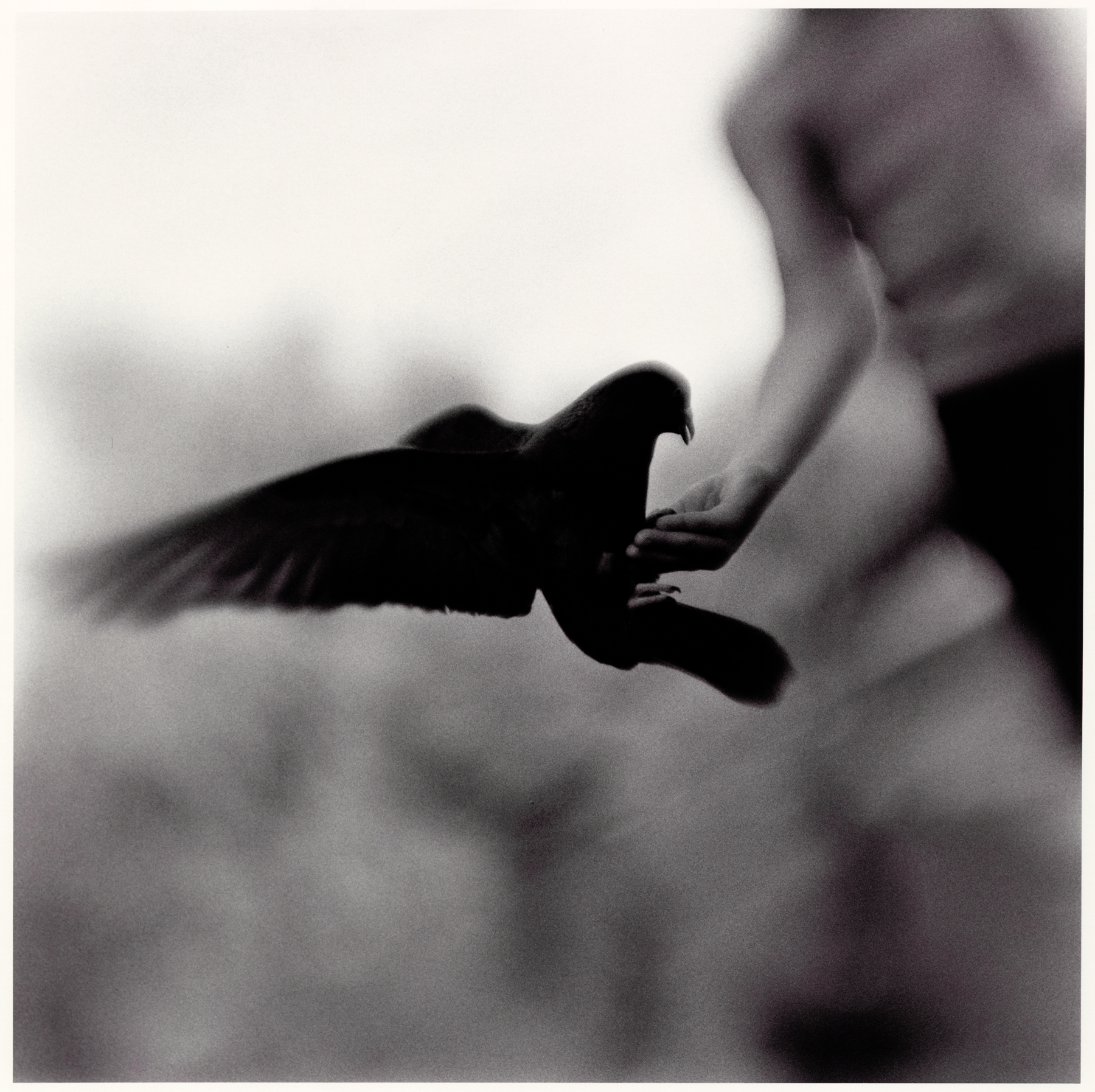JR is cool, he’s young – in his 30’s, French, travels the world making friends and creating amazing works of art that comment on life, people and how we interact with one another.
I would put him on the same shelf as Shepard Fairy and Banksy, but he definitely is his own brand of artist. His message is more hopeful and uplifting, even when pointing out negative aspects of society. And even more importantly, he’s a photographer.
Working in the street artist tradition he began with graffiti – illegally posting portraits on the city walls in and around Paris. JR is a conceptual artist whose photographs are as beautiful as the messages he conveys.
There is a ton of great information about his projects all over the internet. He’s done some super tedtalks.
https://www.ted.com/speakers/jr
he also has a great website
and you can follow him on Instagram
@JR

